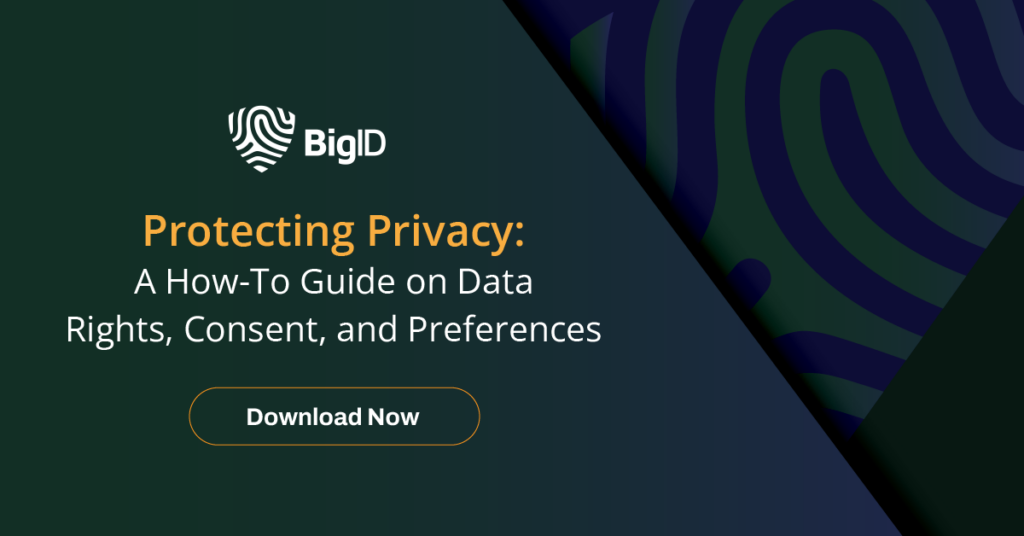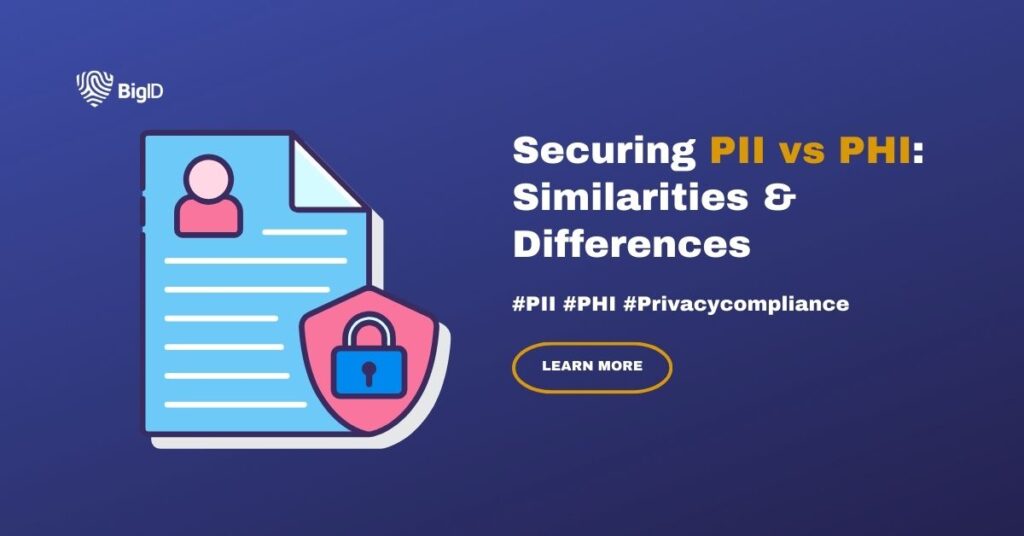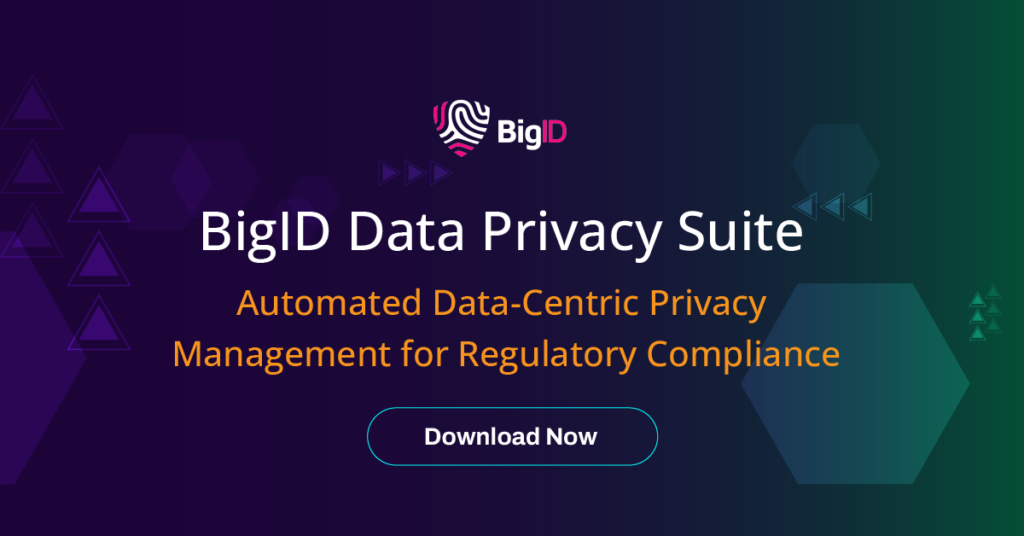Understanding PII and PHI: Protecting Your Most Sensitive Data
Arguably two of the most critical categories of the data world are Personally Identifiable Information (PII) and Protected Health Information (PHI). While both types of data hold significant importance in ensuring privacy and security, they serve different purposes and require distinct protective measures. This article delves into the definitions, uses, vulnerabilities, and best practices for safeguarding PII vs PHI, alongside insights into their future in the context of advancing technology, including artificial intelligence (AI).
Definitions and Importance
PII Defined
Personally Identifiable Information (PII) refers to any data that can identify an individual. This includes names, addresses, Social Security numbers, email addresses, phone numbers, and more. PII is crucial for a variety of functions, from verifying identity to customizing user experiences. However, if mishandled, it can lead to identity theft, financial loss, and a breach of personal privacy.
PHI Defined
Protected Health Information (PHI) encompasses any information related to health status, provision of healthcare, or payment for healthcare that can be linked to an individual. This includes medical records, lab results, insurance information, and billing details. PHI is integral to healthcare providers, insurers, and patients, as it ensures continuity and quality of care. Unauthorized access to PHI can lead to serious consequences, including medical identity theft, discrimination, and loss of trust in healthcare systems.
Usage and Vulnerabilities
Both PII and PHI are used extensively across various industries, particularly in finance, healthcare, and retail. Their use is essential for operations such as:
- PII: Verifying identities for banking, creating personalized marketing strategies, and enhancing user experiences.
- PHI: Coordinating patient care, processing insurance claims, and conducting medical research.
However, the extensive use of these data types also exposes them to numerous vulnerabilities:
- Data Breaches: In 2023, data breaches exposed 422 million individual records in the United States alone . Cybercriminals target PII and PHI for their high value on the black market.
- Insider Threats: Employees with access to sensitive data may misuse it, either maliciously or accidentally.
- Weak Security Measures: Inadequate encryption, outdated systems, and poor cybersecurity practices can leave data exposed.
- Third-Party Risks: Companies often share data with third-party vendors who may not have stringent security measures, increasing the risk of exposure.
Discovering and Protecting Sensitive PII and PHI Data
To effectively protect PII and PHI, organizations must first discover where this data resides. This involves:
- Data Mapping: Identifying all systems, databases, and applications that store PII and PHI.
- Classification: Categorizing data based on sensitivity and regulatory requirements.
Once identified, robust protection measures should be implemented:
- Encryption: Ensuring data is encrypted both in transit and at rest to prevent unauthorized access.
- Access Controls: Limiting access to sensitive data based on the principle of least privilege.
- Regular Audits: Conducting frequent security audits and assessments to identify vulnerabilities.
- Employee Training: Educating employees about data security best practices and recognizing phishing attempts.
- Incident Response Plans: Developing and maintaining a comprehensive incident response plan to quickly address data breaches.
Best Practices for Proactive Protection
- Implement Multi-Factor Authentication (MFA): Adding an extra layer of security for accessing sensitive data.
- Adopt Zero Trust Architecture: Continuously verifying access requests rather than assuming trust based on location or credentials.
- Utilize Data Loss Prevention (DLP) Tools: Monitoring and protecting data from unauthorized access or transmission.
- Regularly Update Software and Systems: Keeping systems up-to-date with the latest security patches.
- Engage in Continuous Monitoring: Using advanced monitoring tools to detect and respond to suspicious activities in real-time.
Rules and Regulations Governing PII and PHI: Similarities and Differences
In an era where data breaches and cyberattacks are increasingly common, governments and regulatory bodies worldwide have established stringent rules and regulations to protect Personally Identifiable Information (PII) and Protected Health Information (PHI). While both types of data require robust safeguards, the regulations governing them have distinct focuses and requirements, reflecting the unique sensitivities and use cases of each data type.
Regulatory Frameworks for PII
General Data Protection Regulation (GDPR)
Enforced by the European Union, GDPR is one of the most comprehensive data protection laws. It applies to any organization processing the personal data of EU citizens, regardless of where the organization is based. Key provisions include:
- Consent: Organizations must obtain explicit consent from individuals before collecting and processing their personal data.
- Data Minimization: Only data necessary for the specified purpose should be collected and processed.
- Right to Access and Erasure: Individuals have the right to access their data and request its deletion under certain conditions.
California Consumer Privacy Act (CCPA)
Applicable to businesses operating in California, the CCPA grants California residents several rights concerning their personal information, including:
- Right to Know: Consumers can request information about the categories and specific pieces of personal data a business has collected.
- Right to Delete: Consumers can request the deletion of their personal data.
- Opt-Out Rights: Consumers can opt out of the sale of their personal data.
Federal Trade Commission (FTC) Act
In the United States, the FTC enforces regulations that protect consumers’ personal information. The FTC Act prohibits unfair or deceptive practices, requiring organizations to implement reasonable security measures to protect consumer data.

Regulatory Frameworks for PHI
Health Insurance Portability and Accountability Act (HIPAA)
HIPAA is the cornerstone of PHI protection in the United States. It establishes national standards for the protection of health information. Key components include:
- Privacy Rule: Sets standards for the protection of individuals’ medical records and other personal health information. It grants patients rights over their health information, including rights to examine and obtain a copy of their health records.
- Security Rule: Requires covered entities to implement administrative, physical, and technical safeguards to ensure the confidentiality, integrity, and security of electronic protected health information (ePHI).
- Breach Notification Rule: Mandates that covered entities and their business associates must notify affected individuals, the Secretary of Health and Human Services (HHS), and, in some cases, the media, of a breach of unsecured PHI.
General Data Protection Regulation (GDPR)
While GDPR primarily focuses on PII, it also encompasses PHI within its scope when it pertains to health data of EU citizens. GDPR’s stringent consent requirements and data protection principles apply to PHI, ensuring comprehensive protection.
Similarities and Differences
Similarities
- Consent Requirements: Both GDPR and HIPAA emphasize the necessity of obtaining consent from individuals before collecting and using their data.
- Rights of Individuals: Both regulatory frameworks provide individuals with rights to access, correct, and delete their personal or health information.
- Security Measures: There is a strong emphasis on implementing robust security measures to protect data, including encryption, access controls, and regular audits.
Differences
- Scope and Applicability: GDPR and CCPA apply broadly to personal data, while HIPAA specifically targets health information within the healthcare sector.
- Breach Notification: HIPAA has detailed breach notification requirements specific to PHI, whereas GDPR’s breach notification rules apply to all personal data, including PHI.
- Penalties and Enforcement: Penalties under GDPR can be severe, reaching up to 4% of an organization’s annual global turnover. HIPAA violations can result in fines tiered according to the level of negligence, with maximum penalties reaching $1.5 million per violation category per year.
Understanding the rules and regulations governing PII and PHI is essential for organizations to ensure compliance and protect sensitive data. While these regulatory frameworks share common goals of data protection and individual rights, they differ in their specific requirements and scope. By adhering to these regulations, organizations can safeguard sensitive information, mitigate risks, and maintain trust with their customers and patients.
The Future of PII and PHI Protection
As technology evolves, so do the methods for protecting PII and PHI. Artificial Intelligence (AI) is set to play a pivotal role in the future of data security:
- Enhanced Threat Detection: AI can analyze vast amounts of data to identify patterns and detect anomalies, providing early warning signs of potential breaches.
- Automated Response Systems: AI-driven systems can automatically respond to detected threats, minimizing the impact of a breach.
- Advanced Encryption Techniques: AI can help develop more sophisticated encryption methods that are harder to crack.
Moreover, blockchain technology offers promising solutions for securing sensitive data. By providing a decentralized and immutable ledger, blockchain can ensure the integrity and confidentiality of PII and PHI.
Securing PII and PHI Data with BigID
The protection of PII and PHI is not just a regulatory requirement but a fundamental aspect of maintaining trust and safety in the digital age. With the rising number of cyber threats, it is imperative for organizations to implement robust security measures and stay abreast of technological advancements.
BigID is the industry leading platform for data privacy, security, compliance, and AI data management leveraging deep data discovery and advanced AI to give organizations great visibility into all their enterprise data.
- Know Your Data: Automatically classify, categorize, tag, and label sensitive, personal data with accuracy, granularity, and scale.
- Map Your Data: Automatically map PII and PI to identities, entities, and residencies to visualize data across systems.
- Automate Data Rights Management: Automate individual, personal data rights fulfillment requests from access and updates to appeals and deletion.
- Comprehensively Assess Privacy Risks: Initiate, manage, document, and complete various assessments, including PIA, DPIA, vendor, AI, TIA, LIA, and more for compliance and risk reduction.
To start securing all your enterprise data including PHI and PII data at scale— book a 1:1 demo with our privacy experts today.



